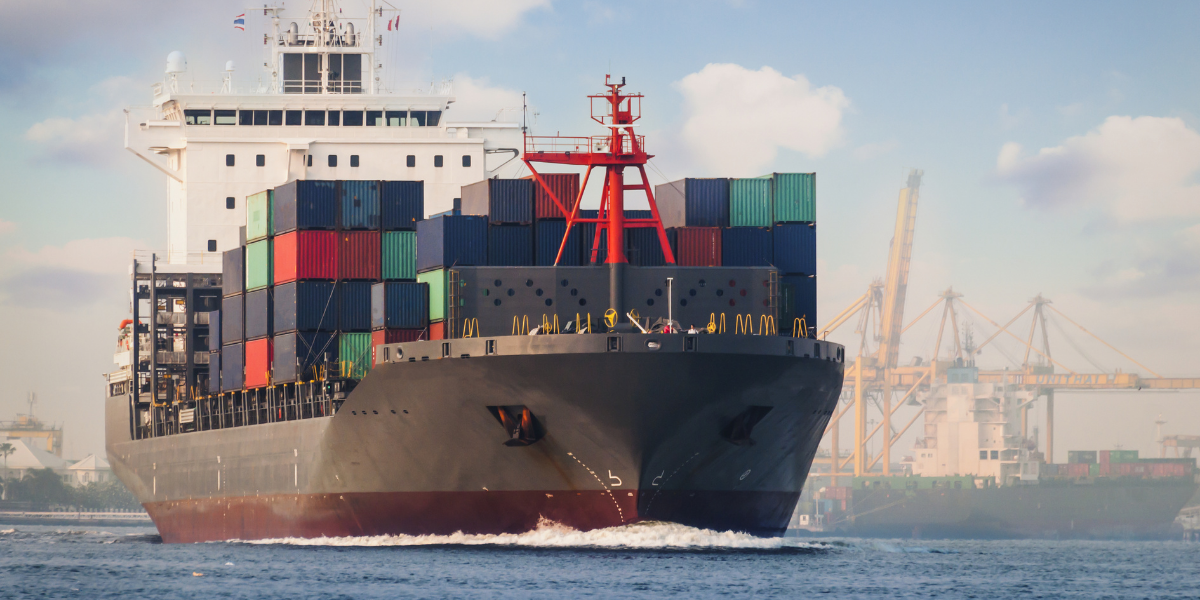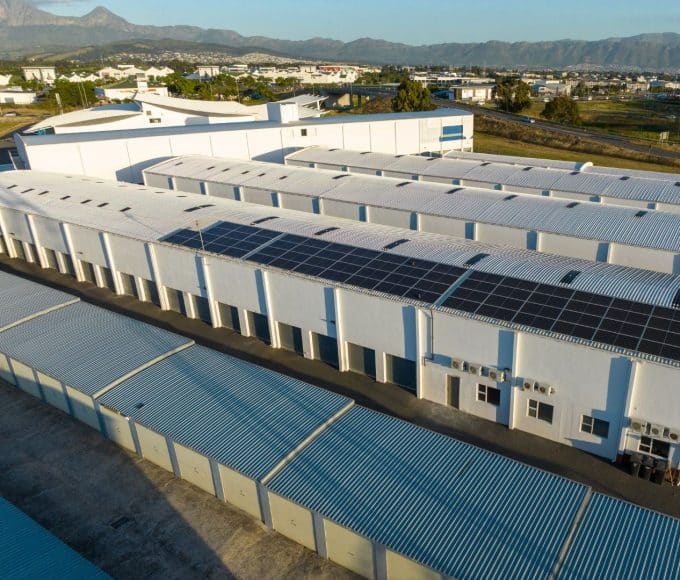When you think about going green, you no doubt think about recycling, cutting back on supplies, and reducing emissions. But if you work in the manufacturing or material distribution fields and are looking for the greenest methods of shipping freight, consider the following. It’s possible to do business and meet customers’ needs without putting strain on the planet. Study up on these methods and appraise whether there are better ways to handle your own means and methods.
First, Reconsider Trucks, Planes, and Automobiles
The biggest carbon footprint in shipping comes from airplanes and land-bound vehicles. Planes aren’t good for the environment and adding more carbon emissions into the atmosphere for shipping freight will only make things worse. Planes burn fuel at a tremendous rate, and a heavy plane requires even more fuel to stay aloft. Trucks and cars burn gasoline and pump out carbon monoxide and other byproducts. Furthermore, as a result of these vehicles, the roads they are driven on must be maintained. Speak to your carrier and get a feel for how dependent they are on trucks, planes, and automobiles. Ask if they offer other options.
Boats Rule
One of the greenest methods of shipping freight is water travel. By some accounts, ships cover greater distances and use less fuel to do so than land-based vehicles and airplanes. If you do a lot of international business, it may be possible to find a shipper or carrier that offers exclusively water-based delivery. You do need to calculate the extra travel time demanded by water-based transportation—but traveling by sea can lower shipment costs and make fewer demands on the environment. Don’t forget that water-based transport isn’t relegated to ocean-going vessels—barges can take a lot of materials a long distance by river or lake.
Trains (Not) in Vain
If your shipments require a land-lubber approach, trains remain the next most affordable and environmentally friendly transportation system. When you efficiently load up your railcars and set them on their land-locked journey, you’re saving on fuel even as you increase the number of materials you can ship. According to experts, one freight train can equal up to 280 trucks on the road. Trains also continue to be fuel-efficient.
Foot and Wheel
If you deliver smaller amounts of materials and packages to more local clients and customers, don’t overlook the network of bicyclists, walkers, and other people-powered means of delivery. While a person walking or riding a bike, scooter, skateboard obviously can’t handle hundreds of tons of bulk materials, they can deliver smaller packages. Encourage healthy exercise while keeping the air cleaner!
For more on helping the planet, check out our page.















